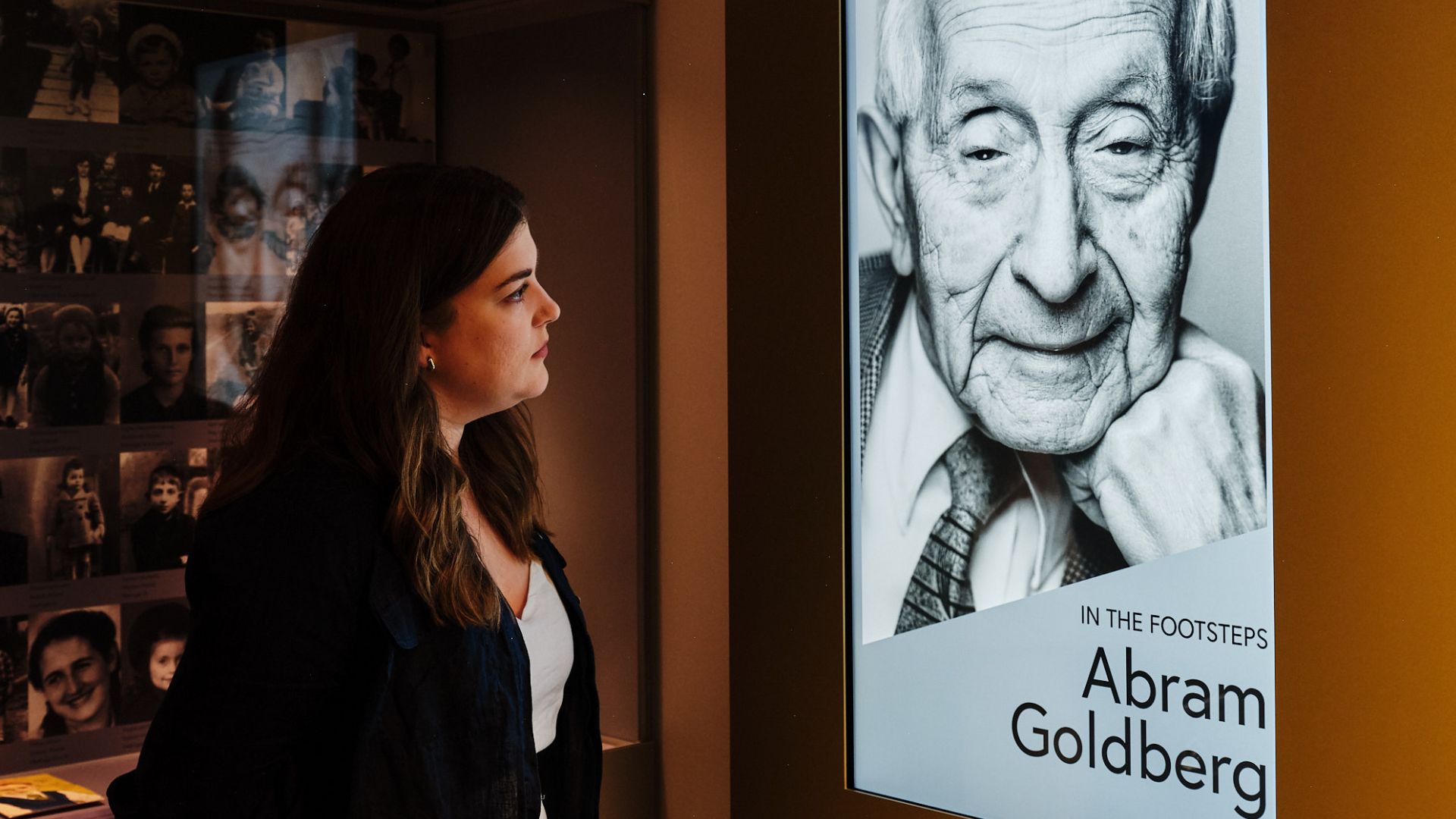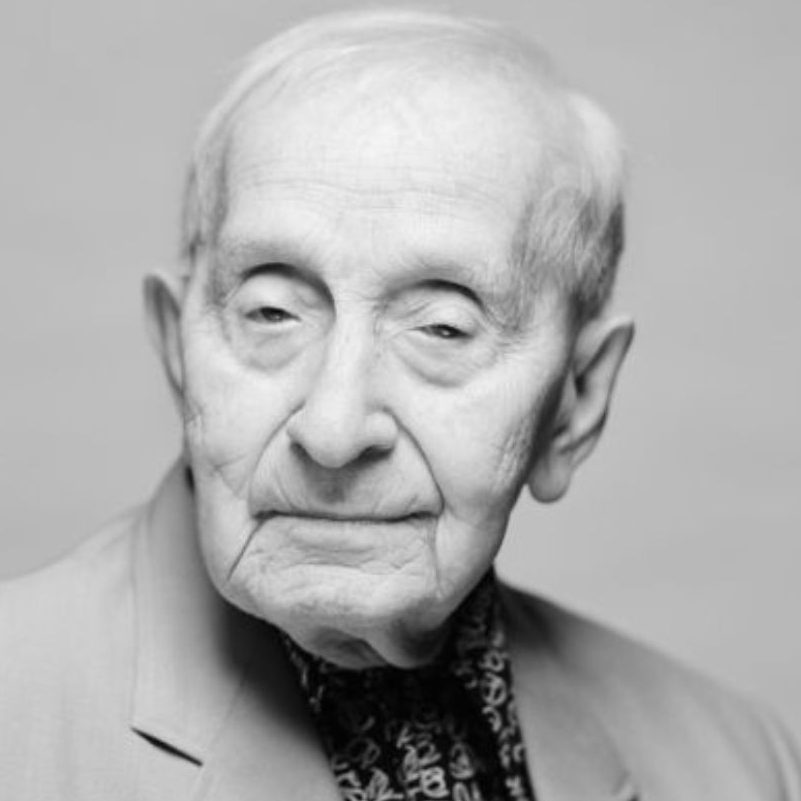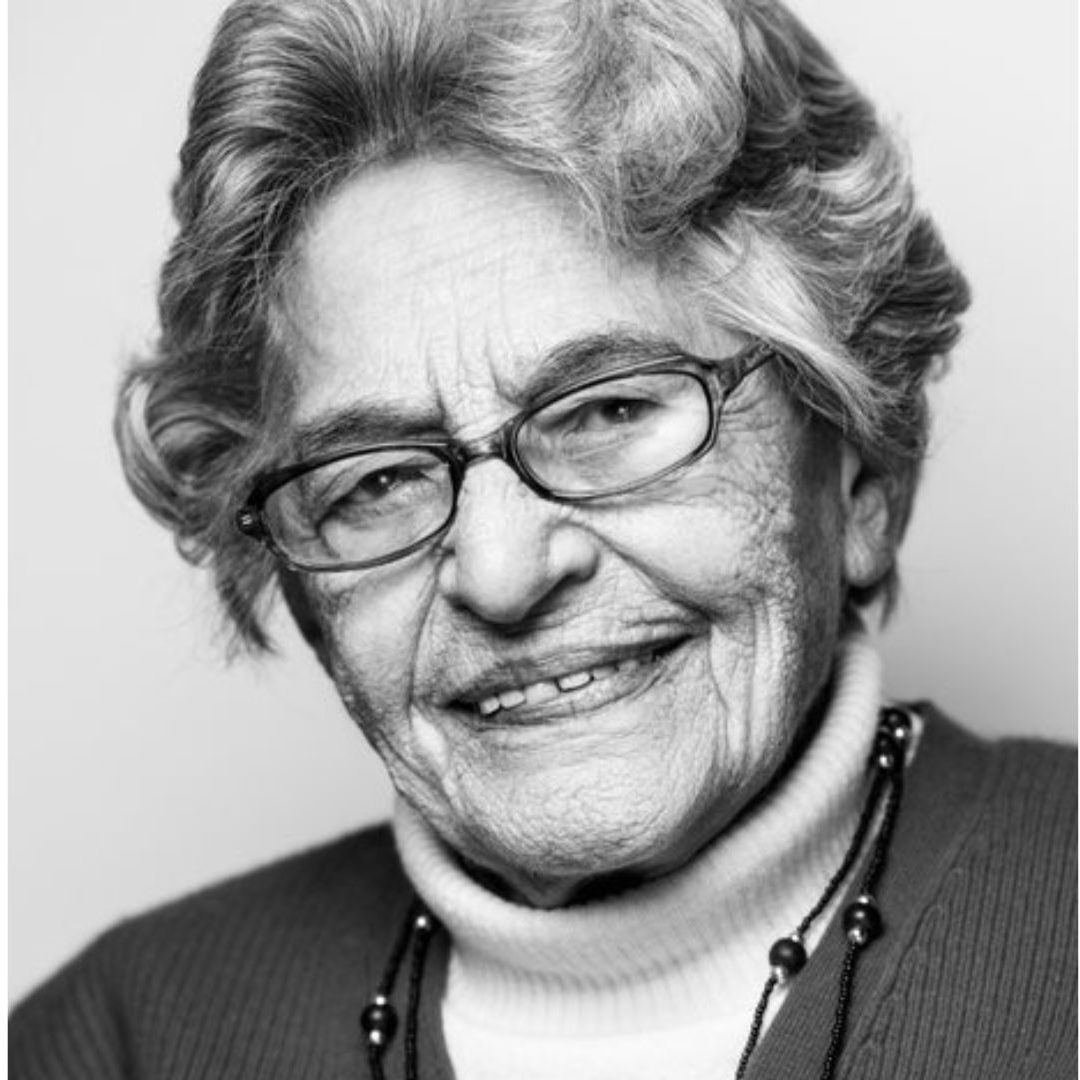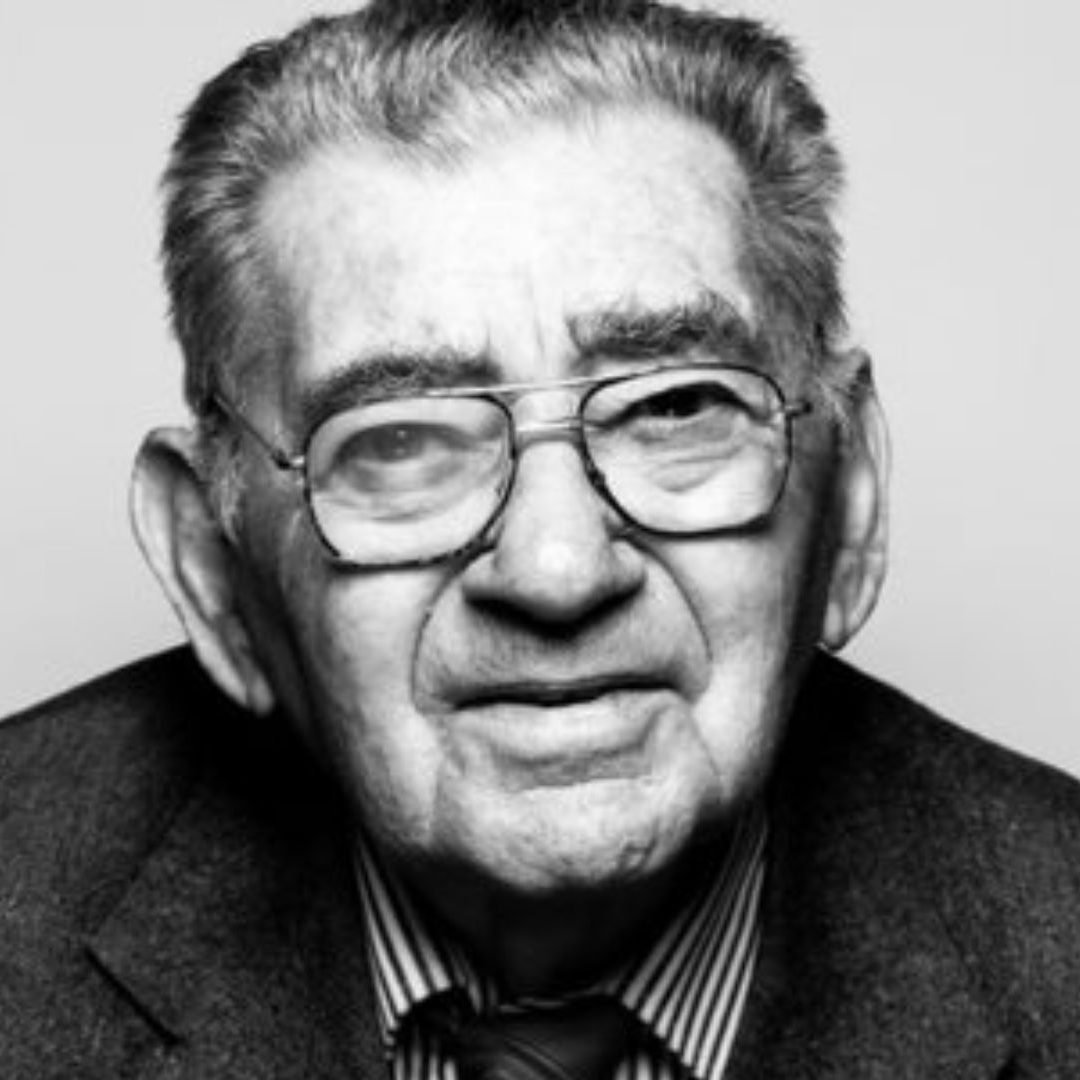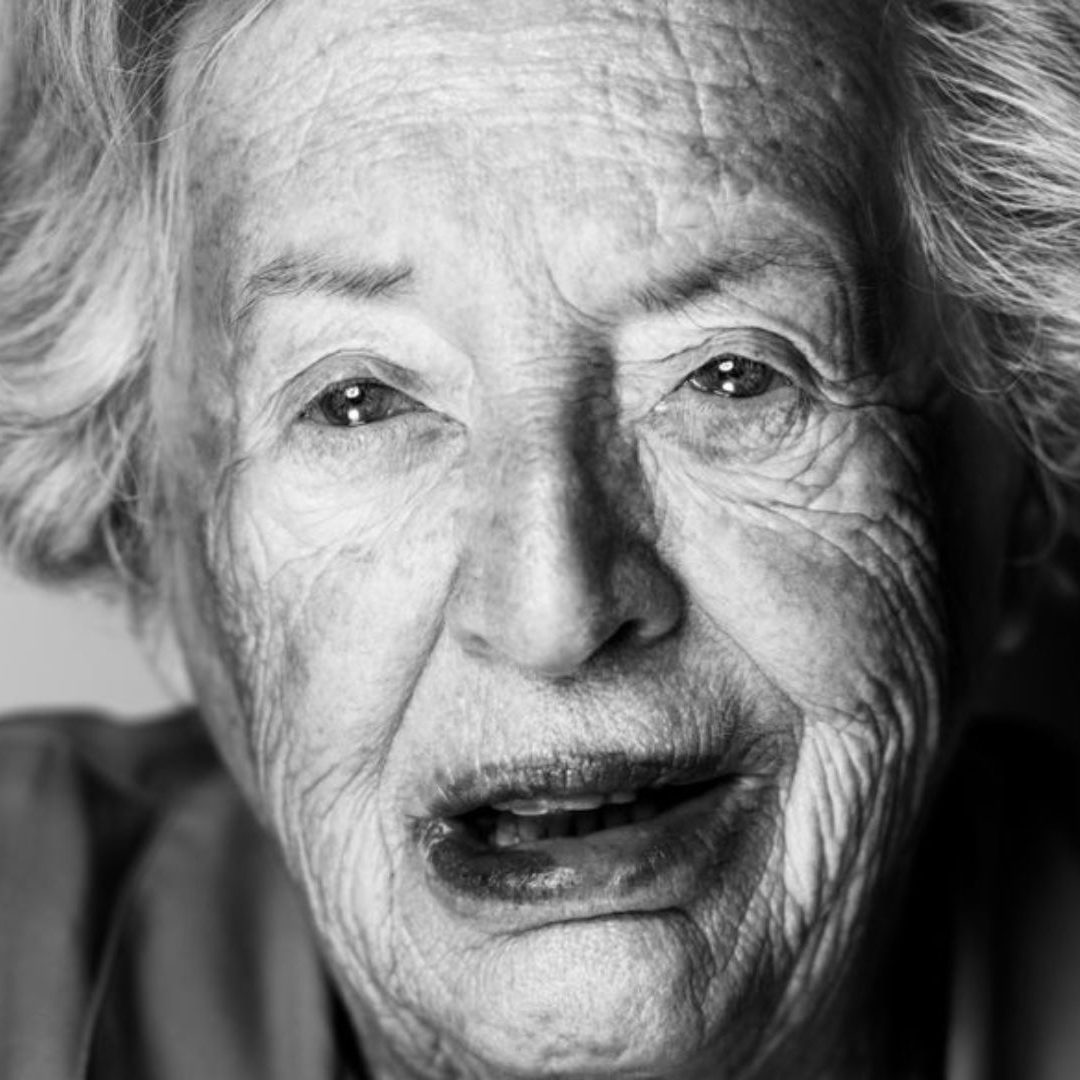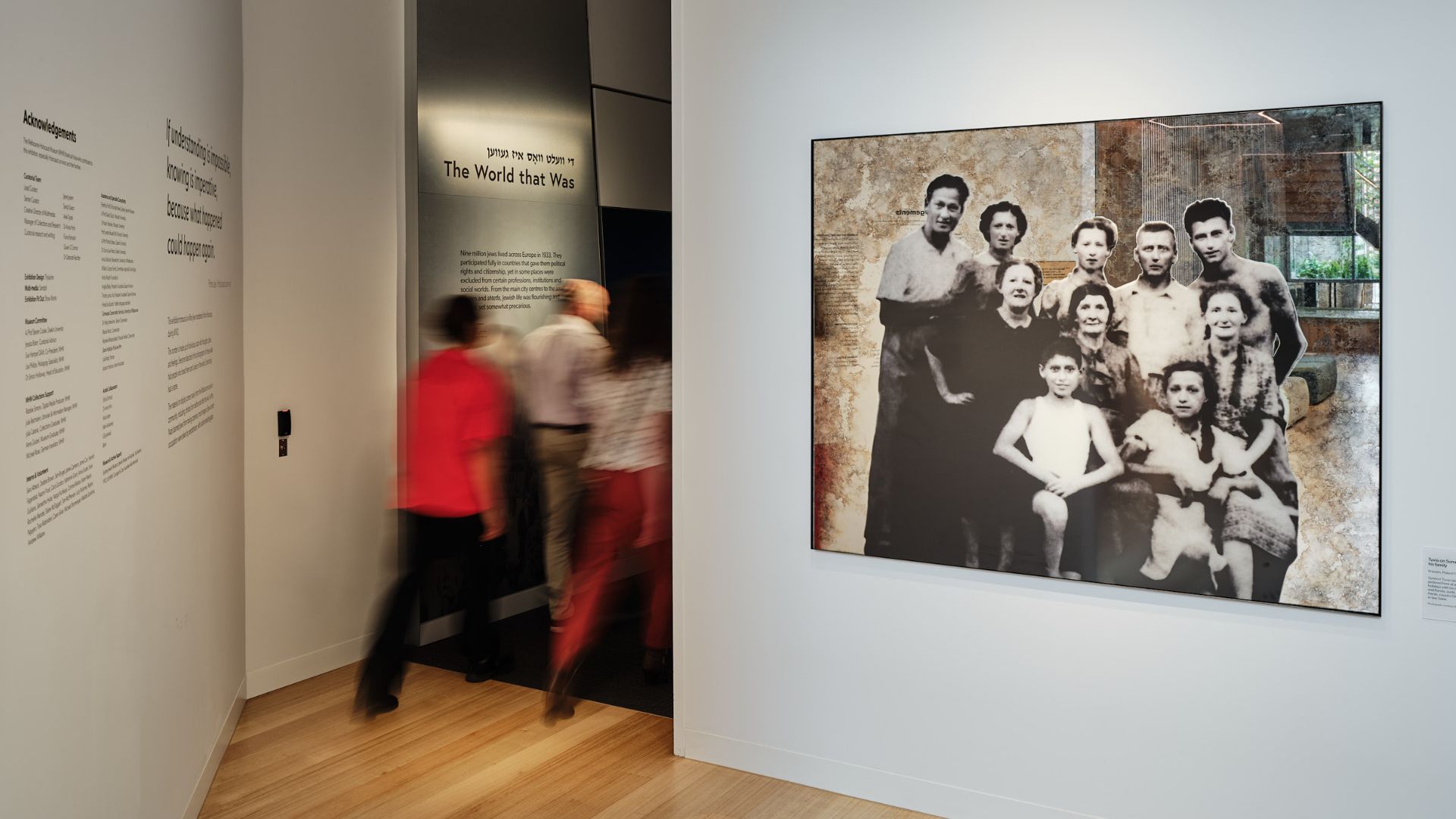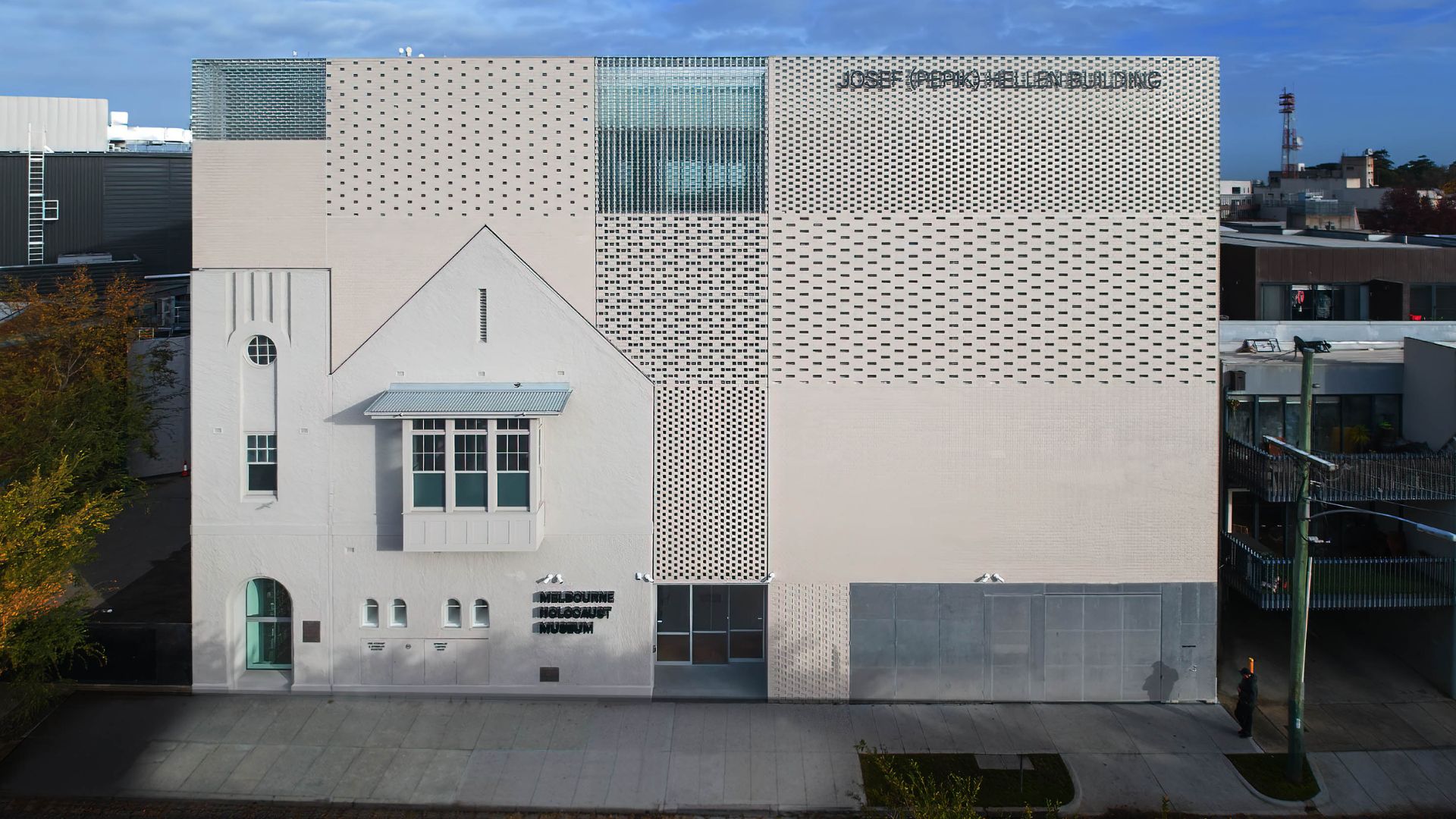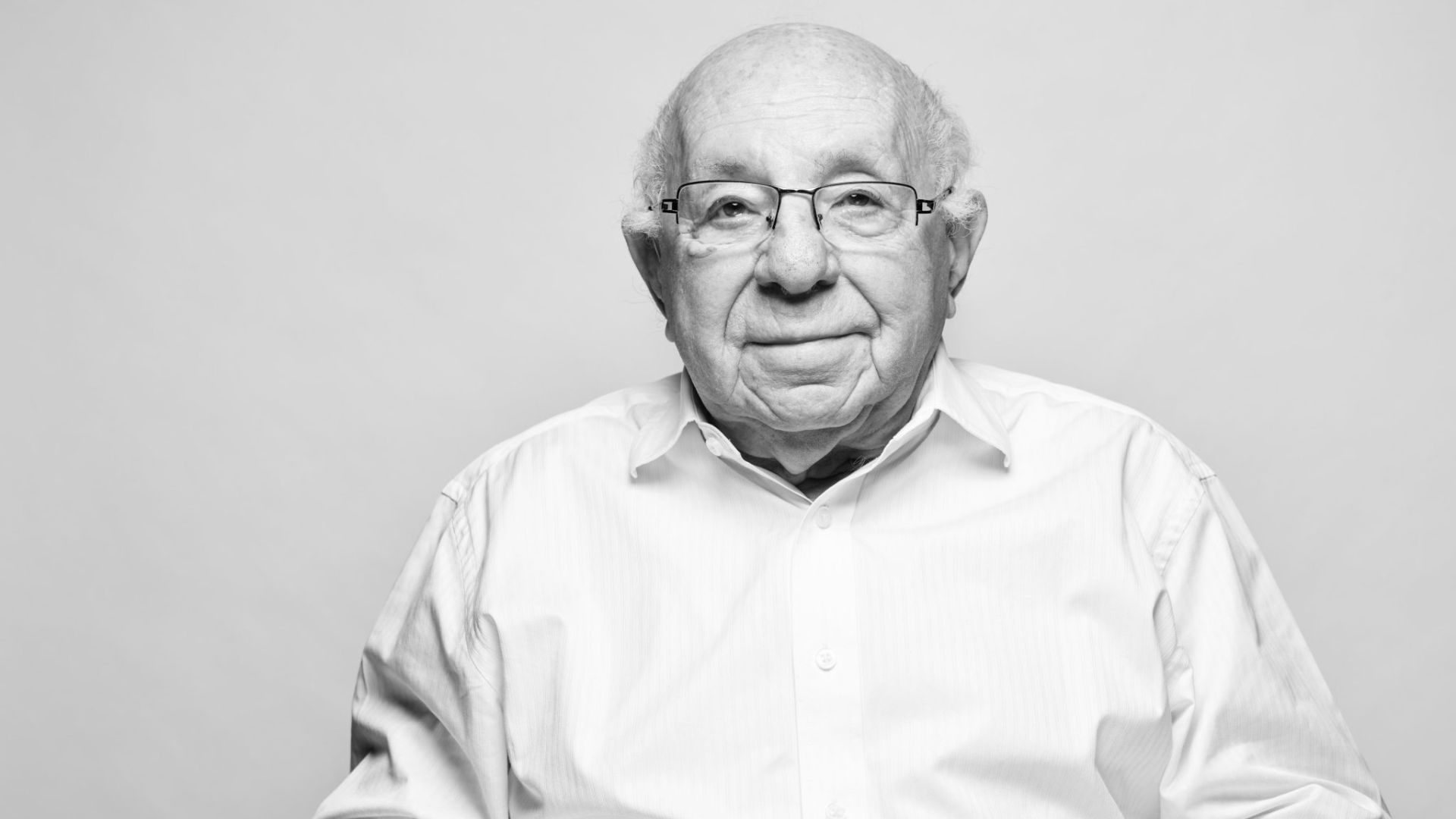Despite of there being common events during World War II, every survivor’s experience was personal and unique.
‘In the Footsteps’ presents the Holocaust through a specific survivor’s lens – rather than as a distant, expansive event – as you journey through our Everybody Had a Name exhibition.
Program Details
Part of our Everybody Had a Name exhibition, ‘In the Footsteps’ allows you to experience the personal account from a single Holocaust survivor – as you journey through the exhibition. You’ll walk in the survivor’s footsteps and watch their testimony on five kiosks placed at key points in the exhibition. With ‘In the Footsteps’, you can better engage with and understand the survivor’s story of survival. As an individual. And as a person.
How it works
- When you arrive at the MHM reception desk, you’ll be given a card that contains the photograph and information of one of six survivors.
- If you’ve pre-selected the survivor experience, your card will have the information as indicated on your electronic ticket. (Choose your survivor experience now)
- If you’ve not pre-selected the survivor experience, you can consult with our staff or make a random selection.
- When you enter the exhibition, look for the clearly marked ‘In the Footsteps’ kiosks.
- Tap your passport to walk in your survivor’s footsteps – and experience their compelling video testimony and imagery.
Choose your survivor experience
Before visiting the MHM, you can choose the survivor to accompany you as you journey through the exhibits. You can choose one out of six survivor experiences. To help you find a survivor journey, you can either read the survivors biographies below or complete our online questionnaire to match your areas of interest. *Please note our questionnaire will be available soon.
Your choice will be included on your MHM ticket. When you arrive at our museum on your day of visit, you’ll receive a card with your survivor’s photograph and information.
